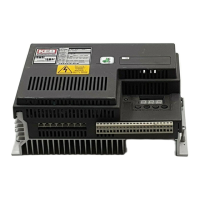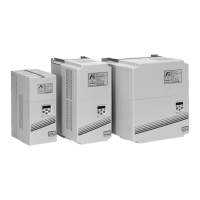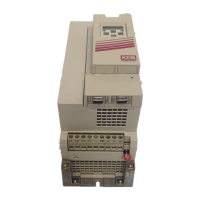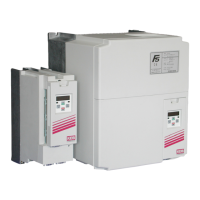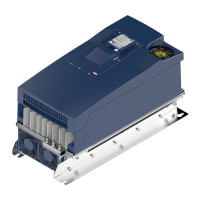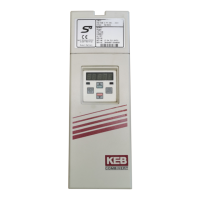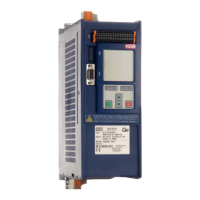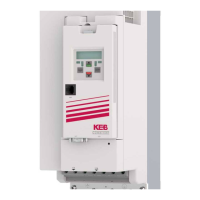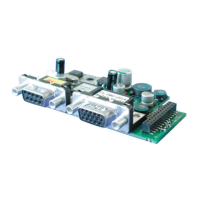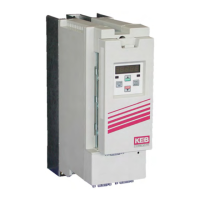18
2. Technical Data
1.5.10 High Frequency Shielding
Use of shielded cable is recommended when high frequency emissions or easily
disturbed signals are present. Examples are as follows:
- motor wires: connect shield to ground at both the drive and motor, NOTE
the shield should never be used as the protective ground conductor required
by NFPA70 or CSA22.1. Always use a separate conductor for this.
- digital control wires: connect shield to ground at both ends.
- analog control wires: connect shield to ground only at the inverter.
The connection of meshed shields to the ground connection should not be
done through a single strand or drain wire of the shield, but with metallic clamps
to provide 360° contact around the surface of the shield to the ground point.
Connection with a single wire from the braided shield reduces the effectiveness of
the shield 70%. Metal conduit clamps work well for this. Be sure the t is tight.
Ridged metal conduit can be used as the shield of the motor wires. Always
observe the following points :
- remove all paint from the control cabinet and motor housing where the
conduit is fastened
- securely fasten all conduit ttings
- run only the motor wires through the conduit, all other wires, high voltage AC
and low voltage signal, should be pulled through a separate conduit.
- connect the control panel to the Sub-panel with a heavy ground strap.
If EMI lters are used, they should be mounted to the inverter or as close as
possible to the inverter and on the same sub-panel as the inverter. Good metallic
surface contact to the sub-panel is required to provide adequate high frequency
grounding of the lter. Always use the shielding plate provided with the lter when
connecting the lter to the inverter.
Shielding of control wires:
If digital signal wires are terminated on a terminal block in the control panel,
the shields should be rmly connected to the sub-panel on both sides of the
terminal block.
The shields of digital signal wires originating outside the control cabinet which
are not terminated on a terminal block, must be connected to the sub-panel at
the point where the cable enters the control panel and at the inverter.
If the shield is terminated to the sub-panel within 8 inches (20cm) of the
inverter, then the shield no longer needs to be connected to the inverter.
When using un-shielded signal wires, they should always be installed as a
twisted pair (signal and common).
Low voltage signal wires should cross high voltage wires at right angles.
